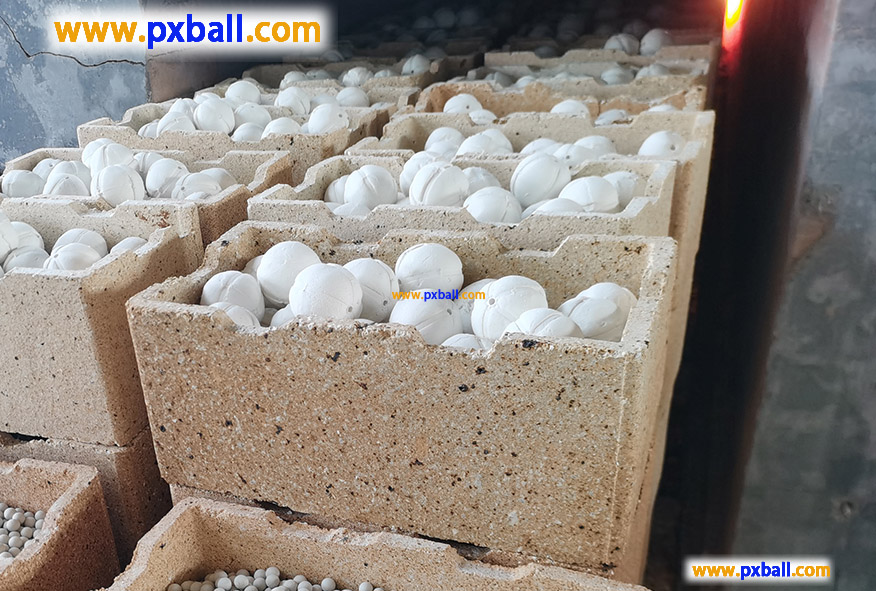
Definition and Composition
Inert ceramic balls as supporting media are ceramic materials used for supporting and distributing substances such as fluids and solid particles. Due to their chemical stability and inertness, they do not easily undergo chemical reactions with other substances during use. Therefore, they are called inert ceramic balls. Also known as ceramic balls or inert alumina ceramic balls, filler-type ceramic balls are widely used in the petroleum, chemical, fertilizer, natural gas, and environmental protection industries. They are mainly composed of chemical components such as aluminum oxide trihydrate and silicon dioxide. Depending on different application requirements, a small amount of fluxing agents or other additives may also be added to improve the performance and processing technology of ceramic balls.
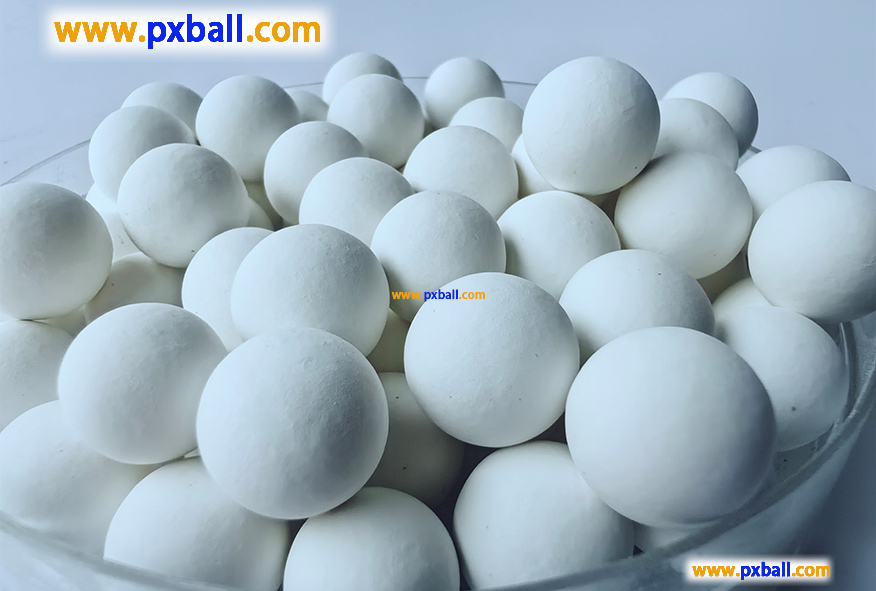
Performance
Chemical inertness: The inert alumina ceramic balls are mainly made of high-purity alumina and have stable chemical properties. They are not prone to react with most acids, bases and organic solvents. Therefore, they can be used for a long time in various corrosive environments without changing the chemical properties of the reaction system.
High strength: The inert alumina balls have high compressive strength and hardness, and can withstand the erosion and mechanical impact of the fluid in the reactor, protecting the lower catalyst or filler from being damaged.
Excellent thermal stability: The inert alumina ceramic balls can withstand high temperatures and are not prone to deformation or cracking, making them suitable for high-temperature reaction environments.
Good fluid distribution performance: The spherical structure and certain particle size distribution of the inert alumina balls help improve the fluid distribution in the reactor, enhance the efficiency of gas-liquid contact, and thereby improve the reaction effect.
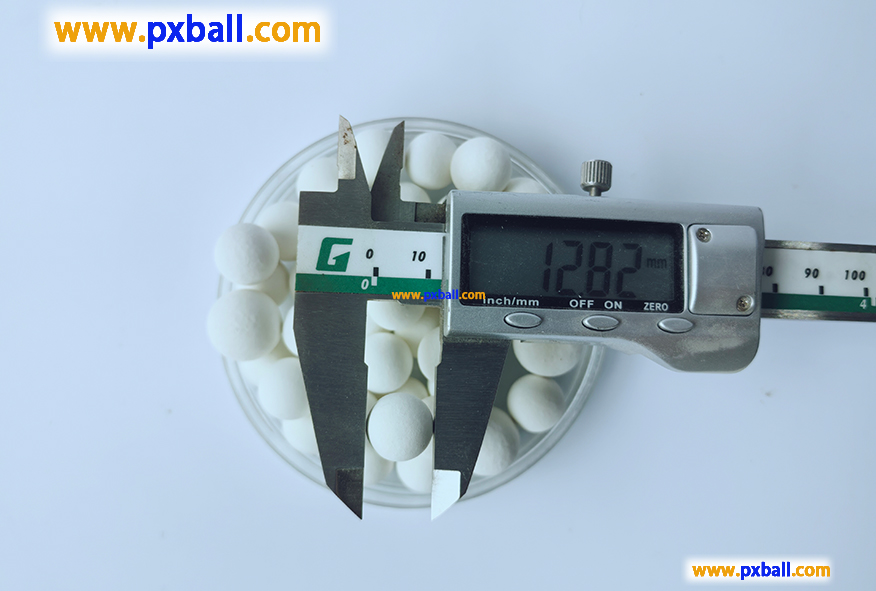
Usage
In chemical processes: inert oxide balls are often used as the support layer of catalysts to disperse and support active catalysts, thereby enhancing the effective utilization rate of the catalysts.
In towers: they can serve as packing layers to promote mass transfer and reactions between gas and liquid. Moreover, inert oxide balls are also commonly used in environmental protection fields such as wastewater treatment and exhaust gas purification as adsorbents or filter media to remove pollutants.
In conclusion, inert oxide balls, as a type of supporting packing material, have broad application prospects and significant value in industrial production.
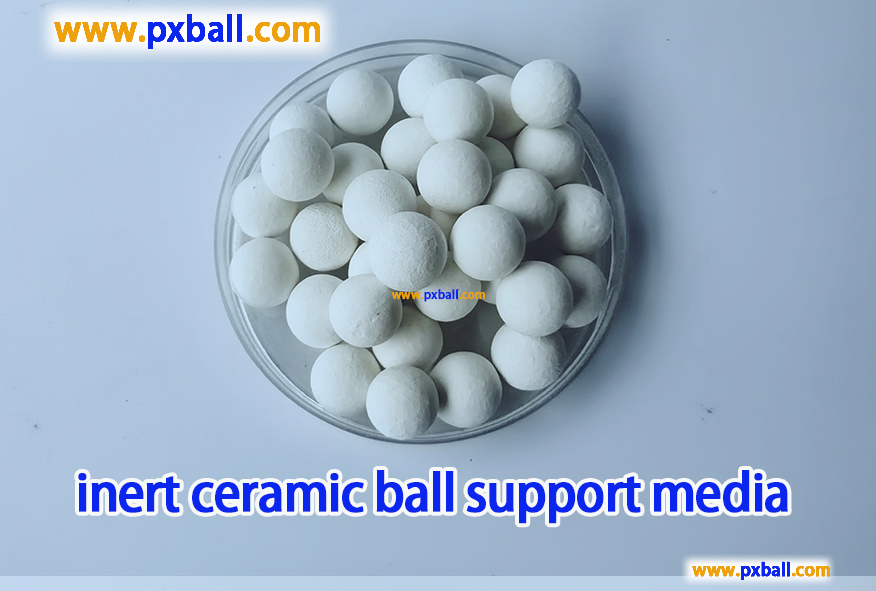
It should be noted that the supporting media for inert ceramic balls for different purposes may require different materials, specifications and performances. Therefore, when choosing inert ceramic ball supporting media, one should comprehensively consider the specific application scenarios and requirements. At the same time, during use, one should be careful to avoid adverse factors such as severe impacts and sudden temperature changes that may cause damage to the media, in order to ensure its long-term stable operation.
Product Parameters
Property | Ceramic ball | Low alumina ball | Med. alumina ball | High alumina ball | Corundum ball | |
Chemical composition % | Al2O3 | 20-30 | 31-45 | 46-70 | 71-90 | >90 |
Al2O3+SiO2 | ≥90 | |||||
Fe2O3 | ≤1 | |||||
Water absorption, % | ≤5 | |||||
Acid resistance, % | ≥98 | |||||
Alkali resistance, % | ≥80 | ≥82 | ≥85 | ≥90 | ≥95 | |
Thermal shock resistance, ºC | ≥300 | ≥400 | ≥500 | ≥700 | ≥800 | |
Thermal resistance, ºC | ≥1000 | ≥1200 | ≥1300 | ≥1400 | ≥1500 | |
Crushing strength KN/grain | Φ10mm | ≥0.85 | ≥1.0 | ≥1.20 | ≥1.50 | ≥1.90 |
Φ13mm | ≥1.80 | ≥2.30 | ≥3.00 | ≥4.00 | ≥5.80 | |
Φ16mm | ≥2.30 | ≥3.00 | ≥4.50 | ≥6.00 | ≥7.00 | |
Φ20mm | ≥4.30 | ≥5.00 | ≥6.00 | ≥7.50 | ≥9.00 | |
Φ25mm | ≥6.20 | ≥7.00 | ≥8.00 | ≥10.00 | ≥12.00 | |
Φ30mm | ≥7.00 | ≥8.00 | ≥10.00 | ≥12.00 | ≥14.00 | |
Φ38mm | ≥8.80 | ≥10.00 | ≥12.00 | ≥16.00 | ≥18.00 | |
Φ50mm | ≥12.00 | ≥13.00 | ≥15.00 | ≥18.00 | ≥21.50 | |
Φ76mm | ≥16.00 | ≥18.00 | ≥20.00 | ≥22.00 | ≥25.00 | |
Bulk density, Kg/m³ | 1300-1400 | 1400-1500 | 1500-1600 | 1600-1800 | ≥1800 | |
Note: The data of bulk density is given for reference only, not as the acceptance criterion. | ||||||
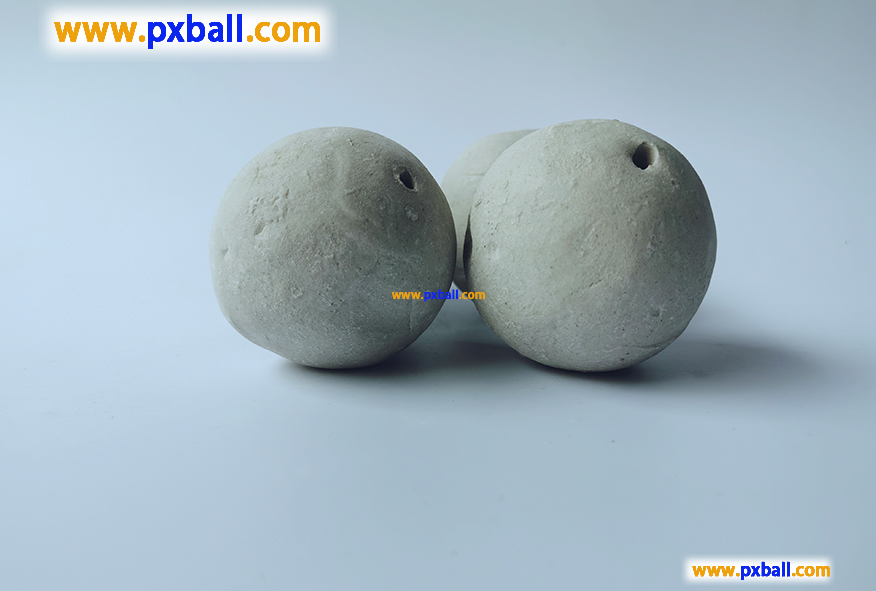
Medium Alumina Ceramic Ball
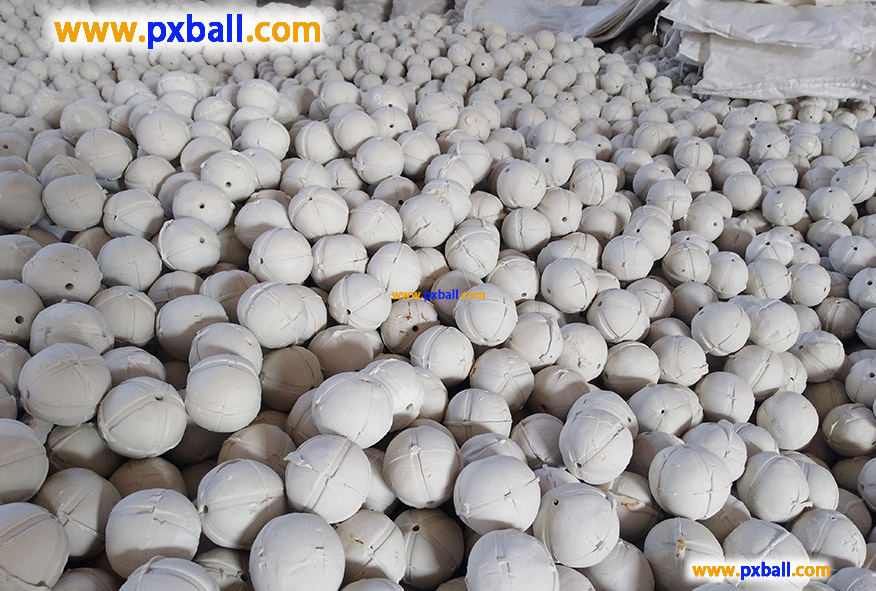
China Porous Inert Ceramic Balls

Inert Ceramic Ball Support Media
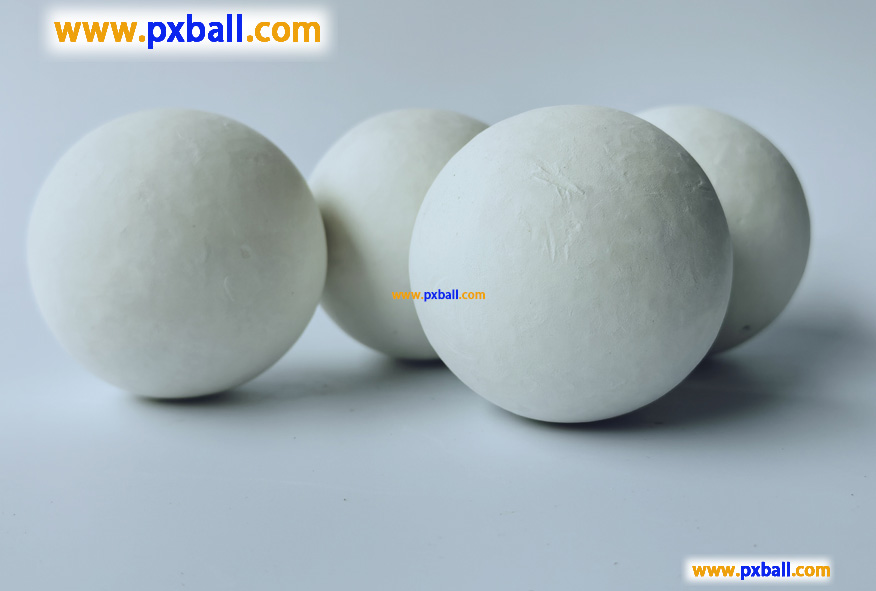
inert alumina ball
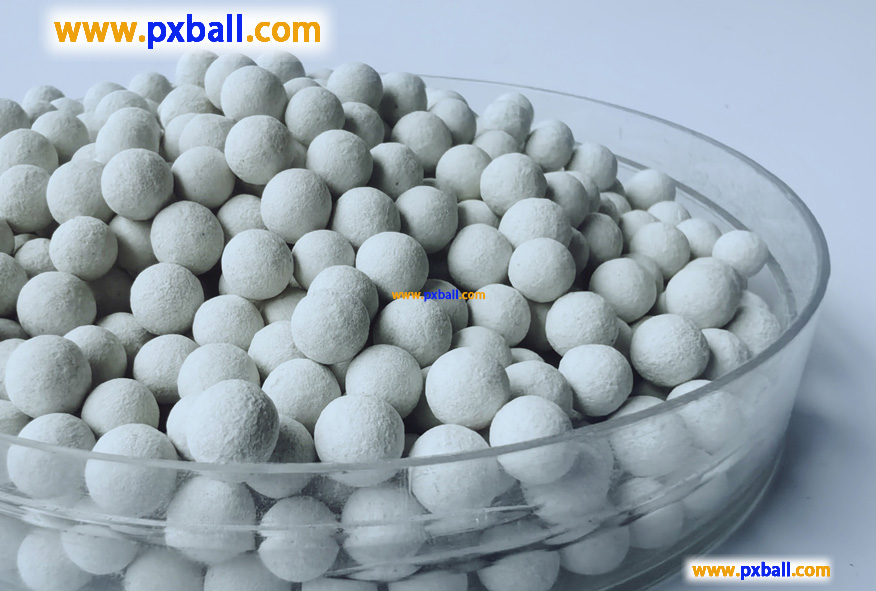
6mm ceramic ball
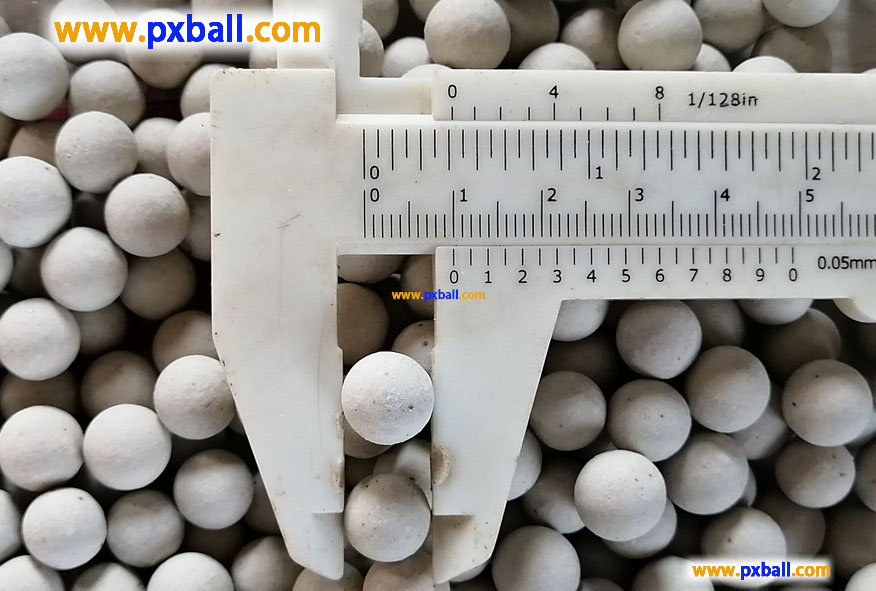
Best low alumina ball
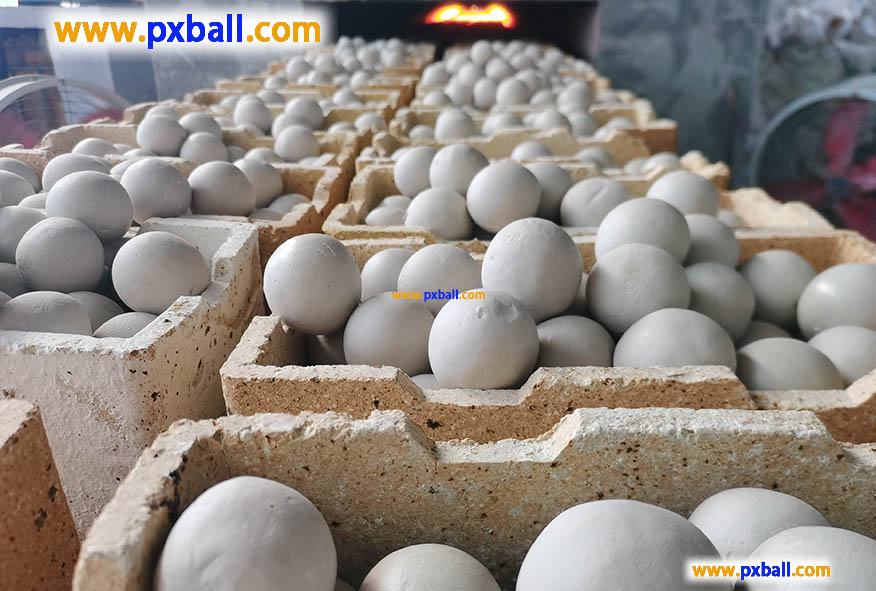
Inert porcelain ball
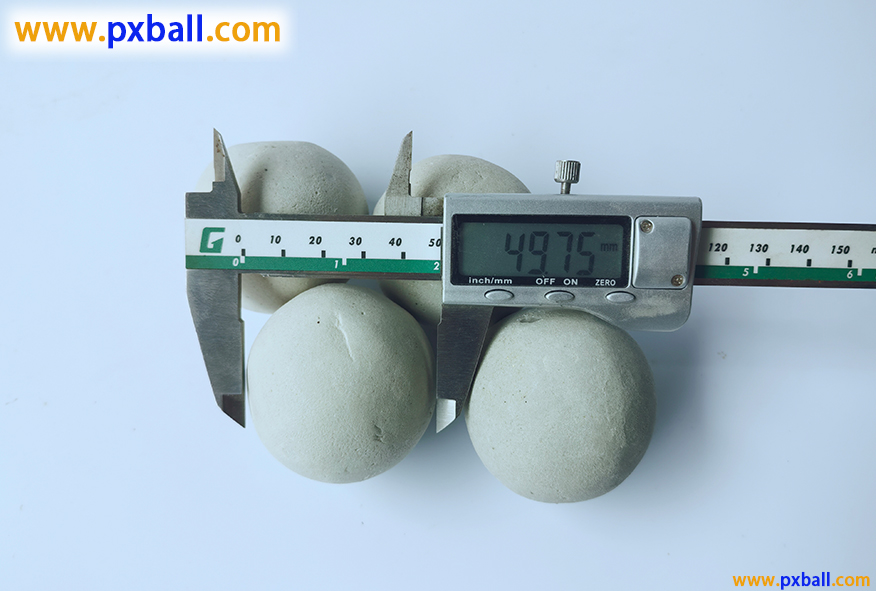
Handmade ceramic balls